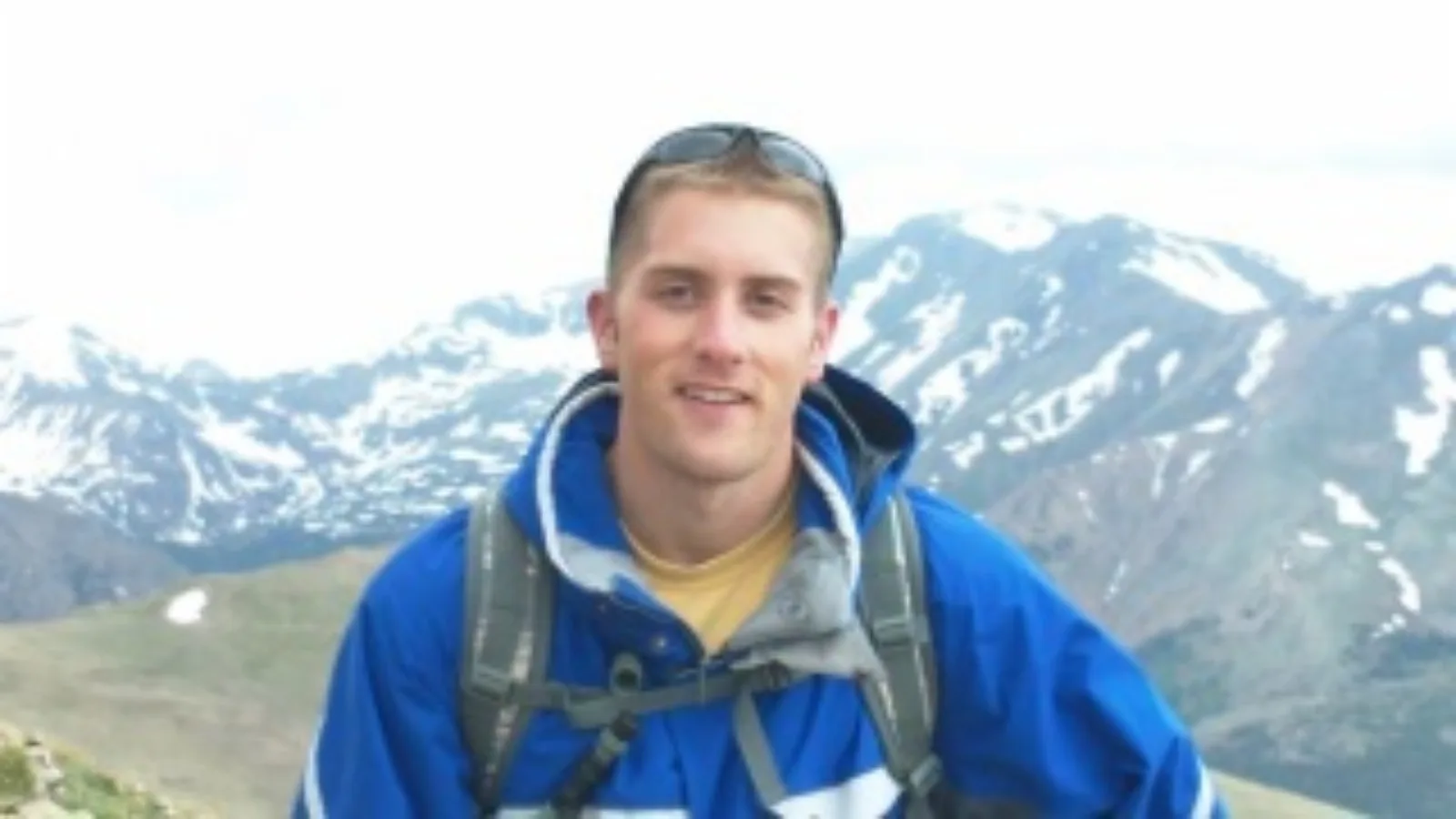With support from the Newberry Library’s Center for Renaissance Studies, I spent nine days at the Newberry conducting research for my dissertation, titled “Slavery’s Soldiers: Armed Resistance in the Anglo Atlantic, 1676-1823.” My project examines how enslaved people participated in war and rebellion in the Anglo Atlantic to determine what several violent conflicts meant to them from their perspectives. My time at the Newberry proved incredibly fruitful, and I was able to examine several collections detailing enslaved soldiers who fought in the 1716 Yamasee War in South Carolina, in the Patriot, Creek, and First Seminole Wars in Florida from 1812-1823, and those who mutinied in the Eighth West India Regiment in Dominica in 1802.
During my first visits to the Newberry I read colonial and military correspondence among British colonists from Records in the British Public Record Office Relating to South Carolina (Microfilm 87). These letters and reports revealed that Spanish authorities in St. Augustine were arming and supplying both the Yamasee Indians who were at war with the English in South Carolina, as well as the plantation slaves who ran away to or were “taken” by the Yamasees during the hostilities. These reports also made clear that some enslaved black people in South Carolina used this conflict as an opportunity to join Spanish and Indian forces and fight against their former owners, while others remained loyal and served in English militias.
I also read the General Court Martial Proceedings of Major John Gordon (DA507 1804 .G67). Gordon was the commanding officer of the Eighth West India Regiment when enslaved soldiers mutinied in Dominica in 1802. The West India Regiments mustered at the end of the eighteenth century as a project of the British Army to use enslaved people as soldiers to defend the Empire’s colonies in the Caribbean. Their legal status as slaves was somewhat ambiguous and the court proceedings revealed that some of Gordon’s actions such as withholding pay and rations and forcing the soldiers to work like plantation slaves in part catalyzed the mutiny. Gordon was acquitted of all charges, but his orders influenced the idea among enslaved soldiers that they were to be sold to work on plantations in the immediate future.
I spent the bulk of my time at the Newberry reading the letters of Superintendent of Indian Affairs Benjamin Hawkins (VAULT box Ayer MS 368), Georgia Governor David Brydie Mitchell’s Papers (VAULT Ayer MS 606), and the Papers of the Panton, Leslie, & Company in Northwest Florida (Microfilm 809) for my chapter on enslaved participation in several conflicts on the Florida-Georgia border from 1812 to 1823. Hawkins’ letters demonstrated how central runaway slaves who formed their own communities (or “maroons”) were in the initial stages of the Patriot War in late 1812, while correspondence in the Mitchell Papers revealed that runaway slaves posed a serious security and diplomatic presence on the Florida-Georgia border. The Panton, Leslie, & Company Papers were voluminous and contained several reports, letters, newspaper articles, and diary entries of British and Spanish colonists and authorities. These reports expose British Army ambitions in Florida during the War of 1812 and First Seminole War, and that British officers were actively trying to facilitate a large maroon population in Florida to prevent American expansion in the peninsula. These papers all revealed a unique point in Atlantic history in which maroons vied for control of an area by playing on three white imperial rivals.
With the help of the wonderful staff, my research at the Newberry Library enabled me to gain a greater understanding of how enslaved people in early America viewed slave soldiering in large-scale armed conflict as a way to advance emancipation and that these incidents belong in a new military history of slavery in early America.
Justin Iverson
Northern Illinois University
